Open-source projects have revolutionized how developers create, innovate, and collaborate.
NocoBase, a highly scalable open-source no-code development platform, is an infrastructure tailored for development teams and developers. In creating NocoBase, we leveraged numerous excellent and mature open-source web development projects. We extend our sincere gratitude to these outstanding open-source projects.
This article will introduce the open-source projects used by NocoBase, analyze their strengths, weaknesses, use cases, and more examples.
Bookmark this curated list of awesome open-source projects for developers!
💬 Hey, you’re reading the NocoBase blog. NocoBase is the most extensible AI-powered no-code/low-code development platform for building enterprise applications, internal tools, and all kinds of systems. It’s fully self-hosted, plugin-based, and developer-friendly. → Explore NocoBase on GitHub
Exploring the Impact of Opensource Web Development Projects on NocoBase
Node.js
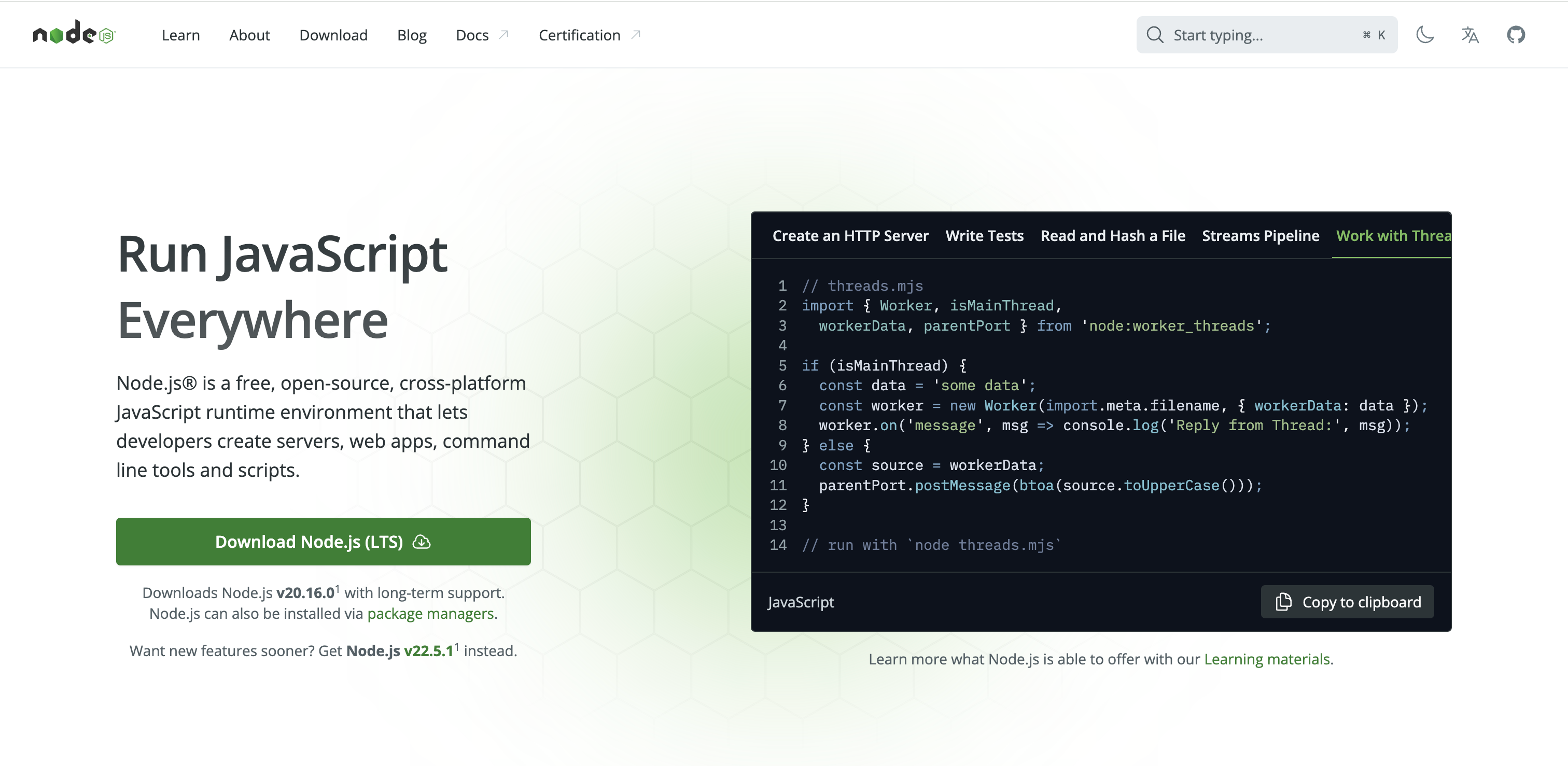
Node.js forms the foundation of NocoBase, providing a powerful JavaScript runtime environment based on Chrome’s V8 engine. It enables NocoBase to handle a large number of concurrent connections with high throughput, making it ideal for real-time applications.
As a mature open-source project, Node.js excels in certain application scenarios, particularly in handling high concurrency and real-time data. However, it is not a one-size-fits-all solution. Developers should weigh project requirements and characteristics when opting for Node.js.
Pros
- Event-driven, non-blocking I/O model, suitable for I/O-intensive applications
- Full-stack JavaScript development, reducing learning curve
- Vast npm ecosystem with rich modules
- High performance, especially for real-time and streaming applications
- Cross-platform compatibility
Cons
- Unsuitable for CPU-intensive tasks
- Callback nesting issues (mitigated by Promises and async/await)
- Single-threaded model may crash entire application due to uncaught exceptions
- Frequent version updates may cause compatibility issues
- Challenging code organization and maintenance for large, complex applications
Use Cases
- Real-time applications (e.g., chat systems, game servers)
- Streaming applications
- Single Page Application (SPA) backends
- RESTful API services
- Microservices architecture
- Command line tools
Examples
- LinkedIn rebuilt its mobile app backend using Node.js, migrating from Ruby on Rails
- Netflix uses Node.js to build and customize their user interface
- PayPal rewrote its account overview page with Node.js, improving page response speed
- NASA built an end-to-end system with Node.js for data storage and distribution to reduce data access time
- Walmart redesigned their mobile app with Node.js during the holiday shopping season to handle large concurrent connections
Koa
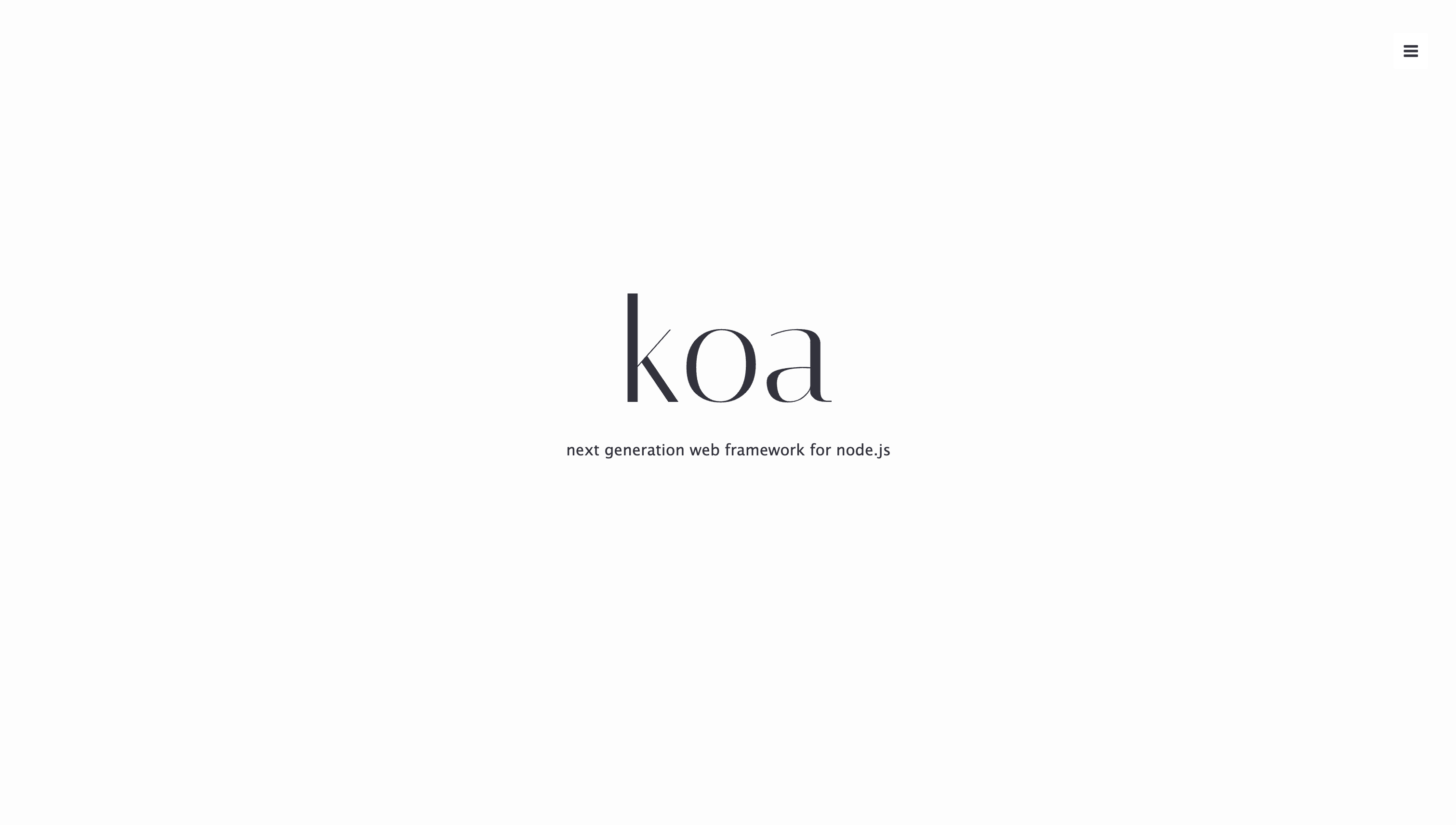
Koa is a next-generation Node.js web framework developed by the Express team. It is adopting a middleware stack architecture to build robust web applications and APIs, enhancing NocoBase’s modularity and scalability.
Koa, as a lightweight web framework, offers developers great flexibility and control. It is particularly suitable for those who want more control over application architecture without being constrained by a large framework. Koa’s design philosophy of “less is more” makes it preferable to express in certain scenarios, especially when building small to medium-sized web applications and APIs.
Pros
- Lightweight and minimalist design, with core code only about 2000 lines
- Based on async functions (async/await), avoiding callback nesting
- Powerful middleware system, easy to extend and customize
- Better error handling mechanism
- More elegant API design compared to Express
- Smaller learning curve, especially for developers already familiar with Node.js
Cons
- Smaller community and ecosystem compared to Express
- Many functions need to be implemented through middleware, possibly increasing initial setup time
- Incompatible with older versions of Node.js (requires Node v7.6.0 or higher)
- High flexibility may lead to a lack of “fixed” solutions
Use Cases
- RESTful API development
- Microservices architecture
- Real-time web applications
- Lightweight web application backends
- Handling specific routes or functions as part of larger applications
Examples
- Alibaba Group uses Koa as the standard Node.js web framework
- Uber uses Koa in some of its microservices
- Shopify uses Koa in some internal tools and services
- Yahoo adopts Koa in certain projects to build APIs
- Many small and medium-sized startups choose Koa for its simplicity and flexibility
💡 Read More: Top 5 Open-source App Builder Tools with the Most GitHub Stars
React
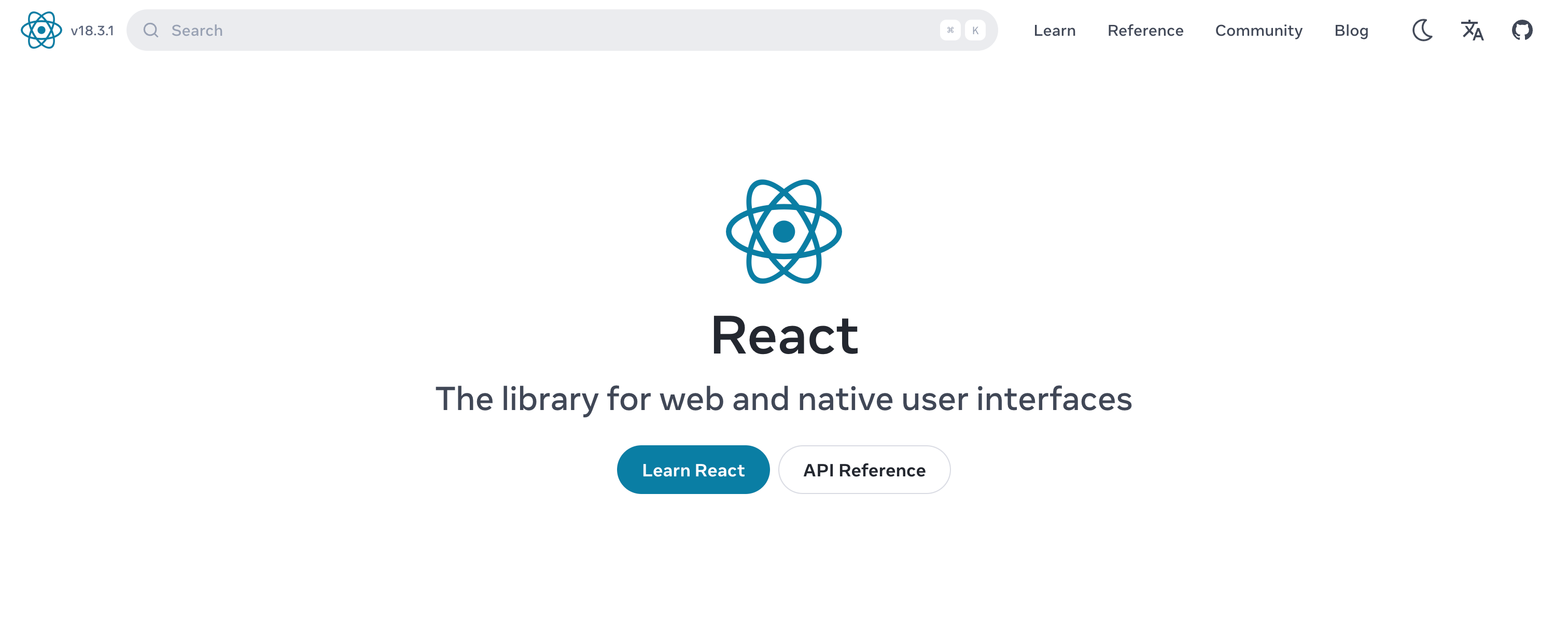
React is a JavaScript library for building user interfaces, playing a crucial role in NocoBase’s front-end development.
Its component-based architecture allows for UI component reuse, ensuring a consistent and dynamic user experience. React is particularly suited for building large, complex single-page applications, and its componentization philosophy enables development teams to better organize and manage code. React’s virtual DOM and efficient rendering mechanism make it outstanding in handling frequently updated UIs. However, for simple static websites or small projects, using React may be overkill.
Pros
- Virtual DOM improves rendering performance
- Component-based development facilitates code reuse and maintenance
- Unidirectional data flow makes application state management more predictable
- JSX syntax allows writing HTML-like code directly in JavaScript
- Cross-platform support (Web, mobile via React Native)
- Efficient reconciliation algorithm
- Server-side rendering (SSR) support
Cons
- Steep learning curve, especially for developers unfamiliar with JSX and functional programming
- Focuses solely on the UI layer, requiring additional libraries (e.g., Redux) for complex state management
- More initial configuration and decision-making compared to a full-fledged framework
- Not SEO-friendly by default (though solvable through SSR)
- Large applications may face performance optimization challenges
Use Cases
- Single-page application (SPA) development
- Large, complex web applications
- Applications requiring high-performance and responsive UIs
- Real-time, data-intensive applications
- Cross-platform application development (with React Native)
- Enterprise-level application front-end development
- Applications with frequent UI updates (e.g., social media feeds)
Examples
- Facebook (React’s creator) uses React extensively in its main products
- Instagram and WhatsApp web versions are built with React
- Airbnb’s front-end architecture is based on React
- Netflix uses React to enhance its user interface performance
- Dropbox adopts React in its web application
💡 Read More: Discover Top Tools: Accelerate Web Application Development
Ant Design
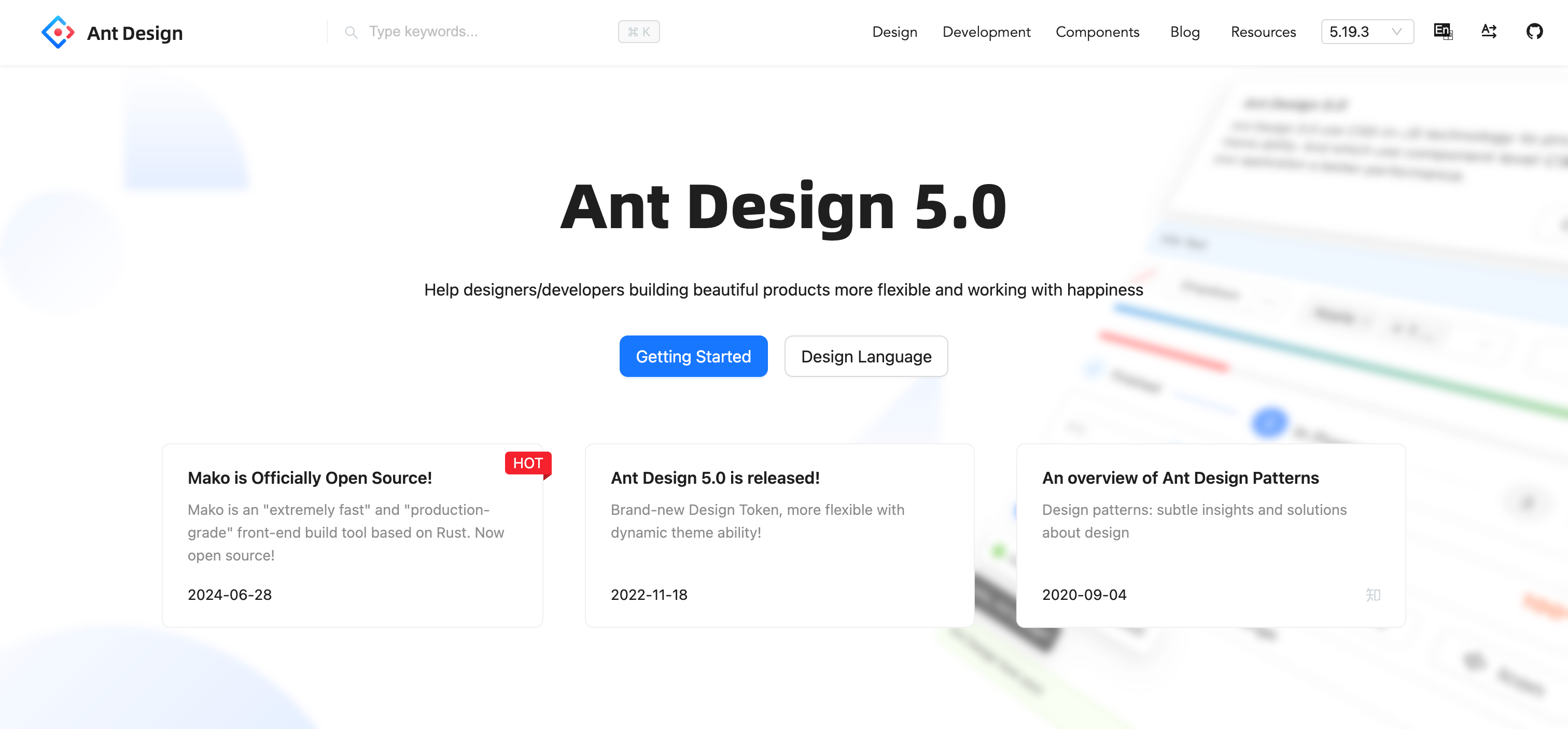
Ant Design is an enterprise-level UI design system, providing a complete set of high-quality React components to help developers quickly build beautiful user interfaces. NocoBase uses Ant Design to provide an intuitive and consistent user experience, making application interfaces more professional and user-friendly.
Ant Design is particularly suitable for medium to large projects requiring rapid development and unified design style, especially enterprise-level applications and backend management systems. Ant Design’s design language is simple and modern, and its rich components and powerful functions can greatly improve development efficiency.
Pros
- Rich component library covering most common UI needs
- Beautiful design following a unified design language
- Comprehensive documentation and examples, easy to learn and use
- Strong TypeScript support
- Responsive design, adapting to different screen sizes
- Enterprise-friendly, offering complex components like tables and forms
- Supports server-side rendering (SSR)
Cons
- Large file size, may affect initial load speed
- Steep learning curve, especially for complex components
- Overly “Ant Design-ized” UI may lack uniqueness
- Some components may be overly complex for simple requirements
- Deeply bound to React, not suitable for other frameworks (though there is a Vue version)
Use Cases
- Enterprise-level web application development
- Backend management systems
- Data visualization applications
- Medium to large projects requiring rapid development
- Products needing a unified design language
- UI layer for React projects
- Web applications with rich interactions
Examples
- Many internal systems at Alibaba Group use Ant Design
- Several products at Ant Financial use Ant Design
- Part of Tencent Cloud’s console interface uses Ant Design
- Some internal tools at ByteDance use Ant Design
- Many management systems and SaaS products at small and medium-sized companies use Ant Design
Dnd Kit
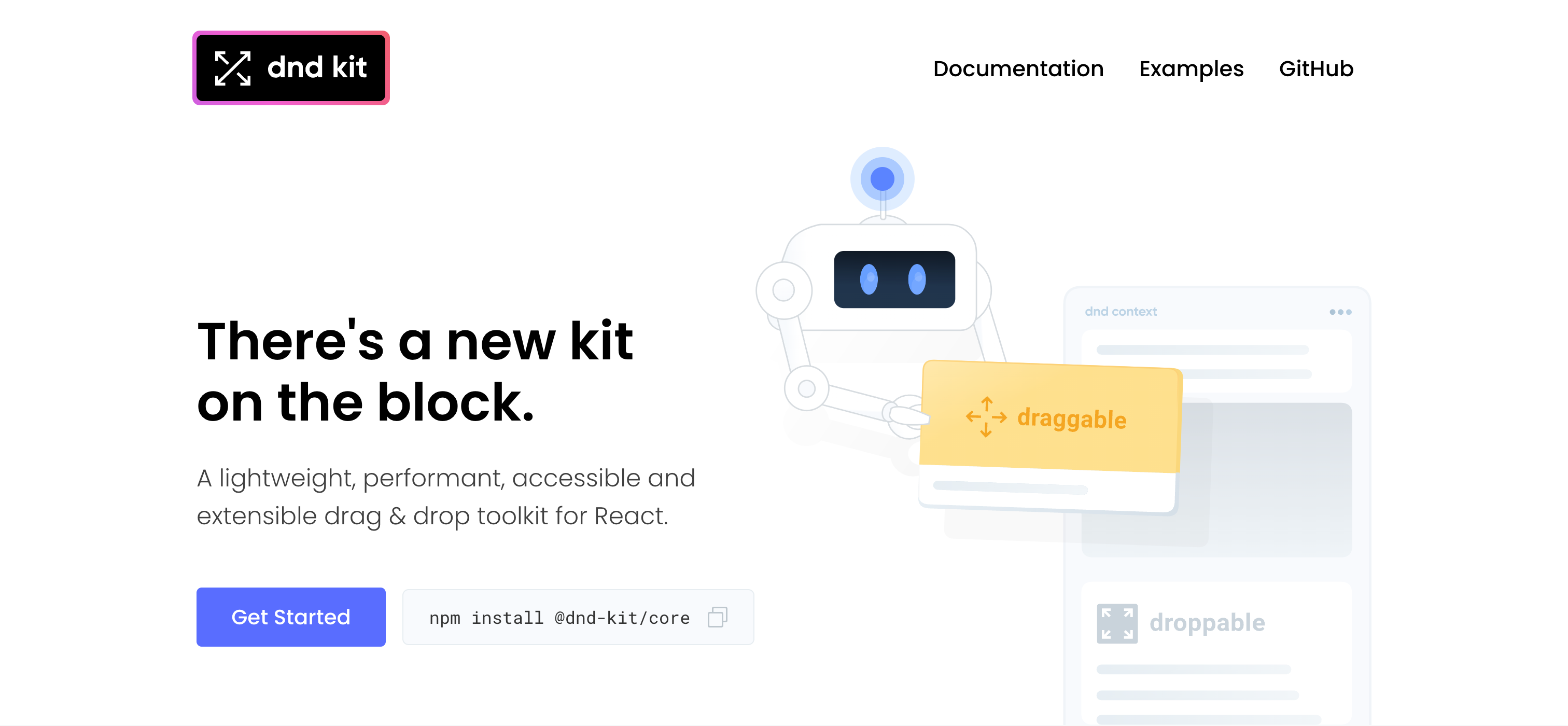
Dnd Kit is a modern drag-and-drop library supporting React. It provides a flexible and powerful API, making it easy and intuitive to implement complex drag-and-drop interactions. In NocoBase, Dnd Kit is used to enhance the interactivity and operability of the user interface, improving user experience.
Dnd Kit’s lightweight and high-performance characteristics make it an ideal choice for projects requiring smooth drag-and-drop experiences, especially those handling a large number of draggable items or highly customized drag-and-drop behaviors.
Pros
- Lightweight, core package only about 10KB (gzipped)
- Highly modular, can import only needed features
- Powerful customization, supports complex drag-and-drop interactions
- Excellent performance, uses virtualization for handling large items
- Framework-agnostic, compatible with React, Vue, etc.
- Supports various drag-and-drop sensors (mouse, touch, keyboard)
- Provides rich hooks and utility functions
- Good TypeScript support
Cons
- Smaller community and ecosystem compared to some more mature drag-and-drop libraries
- Steep learning curve, especially for complex drag-and-drop needs
- Comprehensive documentation may still be challenging for beginners
- Some advanced features may require additional configuration and code
- Integration with specific UI libraries may need extra work
Use Cases:
- Web applications requiring drag-and-drop functionality
- Sortable lists or grids
- Kanban-style interfaces
- Complex drag-and-drop interactions, such as multi-column sorting
- Applications needing highly customized drag-and-drop behaviors
- Large-scale data drag-and-drop operations (using virtualization)
Examples:
- Over 12,000 stars on GitHub, adopted by many developers and small projects
- Some open-source projects and tools use Dnd Kit for drag-and-drop features, such as some React component libraries and development tools
- Many educational and training platforms use Dnd Kit in interactive coding environments
- Online resume builders and visual design tools also use Dnd Kit
Conclusion
This article detailed five open-source projects extensively used by NocoBase. Other projects like Formily, i18next, Sequelize, and UmiJS will be shared in subsequent articles. We hope this information helps developers find the best open-source products for their projects, enhancing development efficiency.
Related reading:
- Top 11 Open Source Internal Tools with the Most GitHub Stars
- Top 8 Open-Source CRUD Projects with the Most GitHub Stars
- Top 5 Success Cases of Low-Code Open-Source Platforms
- The Top 12 Open-Source No-Code Tools with the Most GitHub Stars
- Discover Top Tools: Accelerate Web Application Development
- Exploring RAD: 5 Best Application Cases